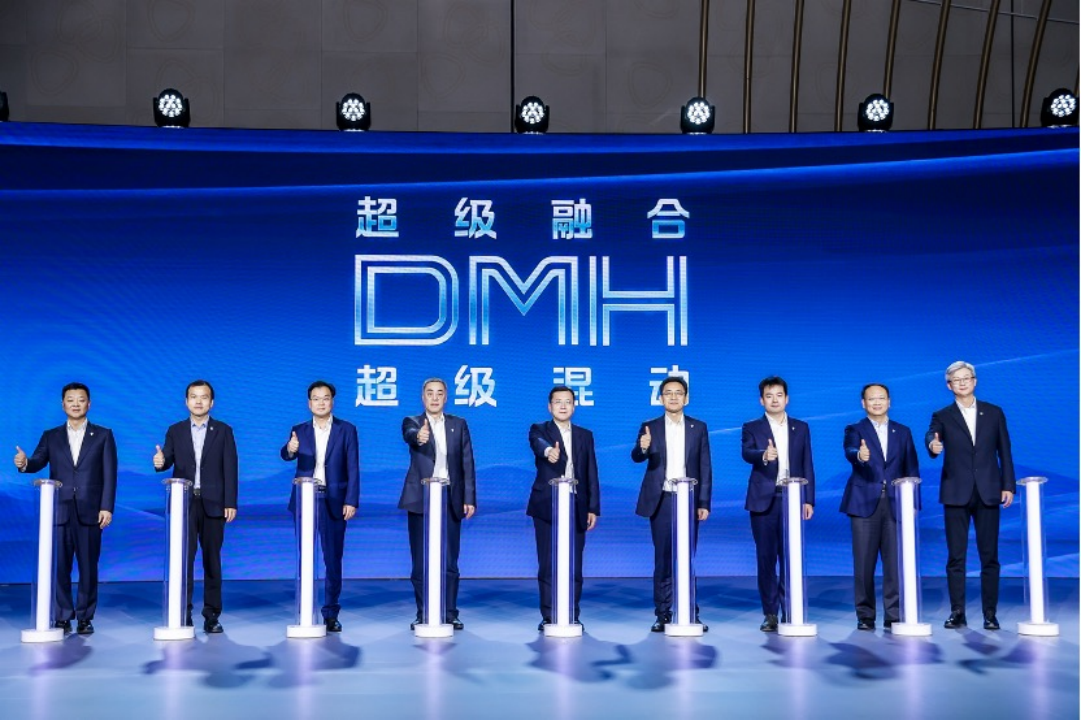On May 10, coinciding with the eighth China Brand Day, the 2024 China Brand Day series event — “Super Fusion is Super Hybrid” DMH Technology Brand Conference, organized by Xinhua News Agency Shanghai Bureau, China Economic Information Society, SAIC Innovation Research Development Institute, and ROEWE, was held in Shanghai. The conference was attended by guest speakers Jiang Wei, Secretary of the Party Group of Xinhua News Agency Shanghai Bureau, Zu Sijie, vice president and chief engineer of SAIC, Wang Jun, general manager of SAIC passenger car company, Lian Ping, executive director of the forum of China’s chief economists, and Yao Chunde, professor at Tianjin University and vice chairman of judge panel for China’s top 10 engine. They discussed the breakthroughs in hybrid technology and how to accelerate the cultivation of new quality productivity in the new energy vehicle industry. 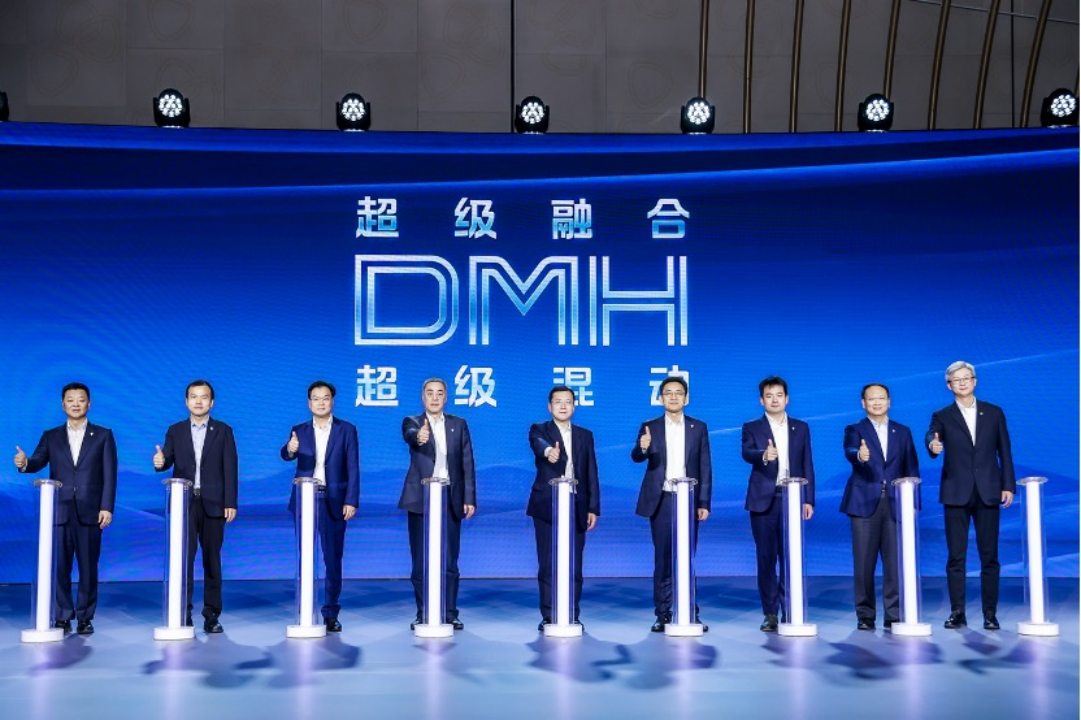
Chinese cars have evolved from followers to leaders in the field of automotive technology innovation. This progress, driven by the scale of the market and the fierce competition, has begun to “feed back” the world. With the development of new technologies, new technical brands with global influence are being born. In the conference, ROEWE launched the “DMH Super Hybrid Technology” tech brand, which is a testament to a decade of robust technological accumulation in the hybrid field by SAIC, creating hybrid power products for global users. It has become a new force to lead China’s hybrid technology to surpass Japanese hybrids in the future, demonstrating the vigor of Chinese car brands in the era of new energy.
Leading Plug-in Hybrid Technology, Only Achievable by Chinese Auto Companies
In May 2014, President Xi Jinping inspected the SAIC passenger car technology center and stressed that “the development of new energy vehicles is the only way for China to transition from a major car country to a strong car country.” In the past decade, Chinese car industry has fully understood this directive, intensified R&D in the field of new energy vehicles, and pursued continuous innovation through multiple technical paths. By the end of 2023, China’s production and sales of new energy vehicles has ranked first globally for nine consecutive years. China became the largest car exporter in the world for the first time. This position was achieved by pioneering innovation in an emerging industrial field.
Under the surge of new energy, whether from the perspective of addressing the pain points of user’s actual usage or the transformation and upgrade of the entire automotive industry chain, plug-in hybrid is an indispensable key. Professor Yao Chunde believes that the development of plug-in hybrid technology is the trend and also the inevitable path for Chinese cars to lead the world. And leading plug-in hybrid technology can only be done well by Chinese auto companies.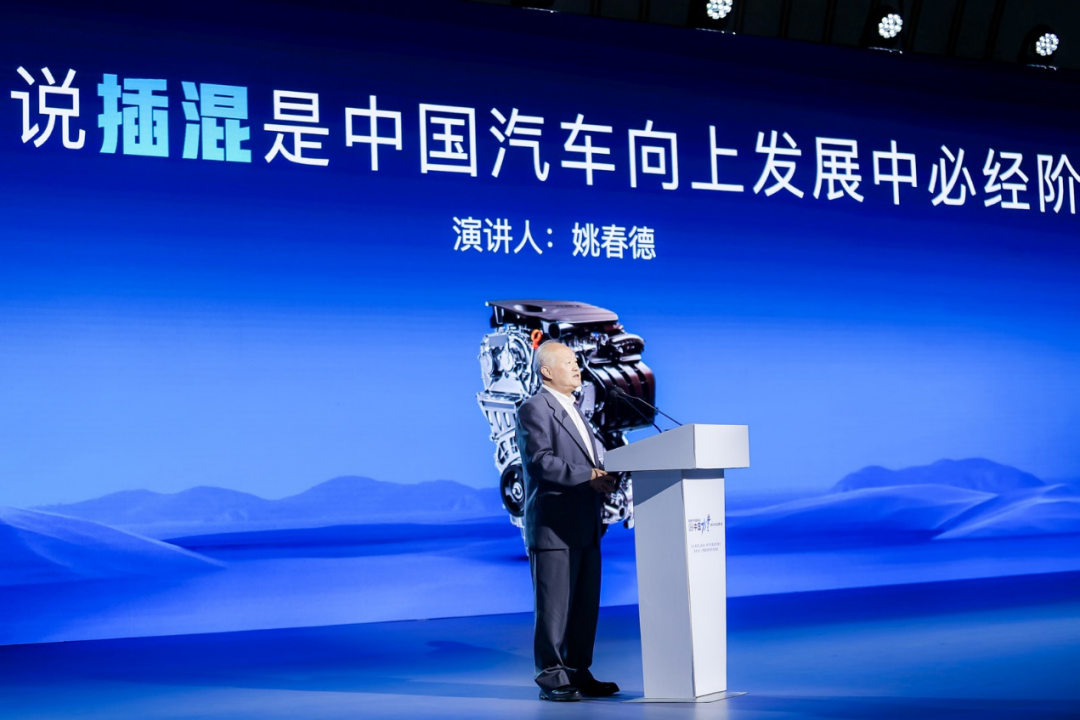
On one hand, plug-in hybrid technology is propelled by strong user demand in China. The U.S market is accustomed to large displacement engines and lacks incentives for R&D. The Japanese market is committed to developing HEV and hydrogen energy. In Europe, due to the small size of countries and narrow city streets, user pain points in regard to range and charging are not so pronounced, limiting the demand for plug-in hybrids. Chinese market conditions and user demands provide a natural “fertile ground” for auto companies to develop plug-in hybrid technology.A more significant aspect is that, Chinese automotive companies are not simply showing off their achievements with plug-in hybrid technology, but instead, they are firmly rooted in real-world usage scenarios. These achievements are an amalgamation of the strengths delivered by traditional fuel vehicles and electric vehicles, bringing users the best real-world solutions. Professor Yao Chunde, as an example, presented the DMH super hybrid system. In response to the mainstream P1+P3 hybrid system, he innovatively modified the off-axis P1 motor into a co-axial structure, considerably improving the transmission efficiency and optimizing NVH performance. This has made the entire system more efficient and ensured a smoother and quieter driving experience. It’s evident: plug-in hybrid technology is not a transitional technology. Rather, it is a key technology that drives traditional cars to transition towards electrification, comprehensively enhancing the user’s travel experience. At the same time, it’s a critical piece of the technical support needed for China’s auto industry’s transition from ‘being big to becoming strong’.
ROEWE DMH: Only through super integration, can there be super hybridization
“Today, hybrid technologies are blossoming and products are emerging in an endless stream. The acceptance rate among users is becoming higher and higher. There are predictions that by 2025, pure electric and plug-in hybrids will coexist in a 1:1 ratio. The spring of plug-in hybrids is already here.” stated Lu Yong, deputy general manager of SAIC Motor Passenger Vehicle Company, executive deputy director of SAIC Motor Innovative Research Development Headquarters and executive deputy director of the Technical Center. 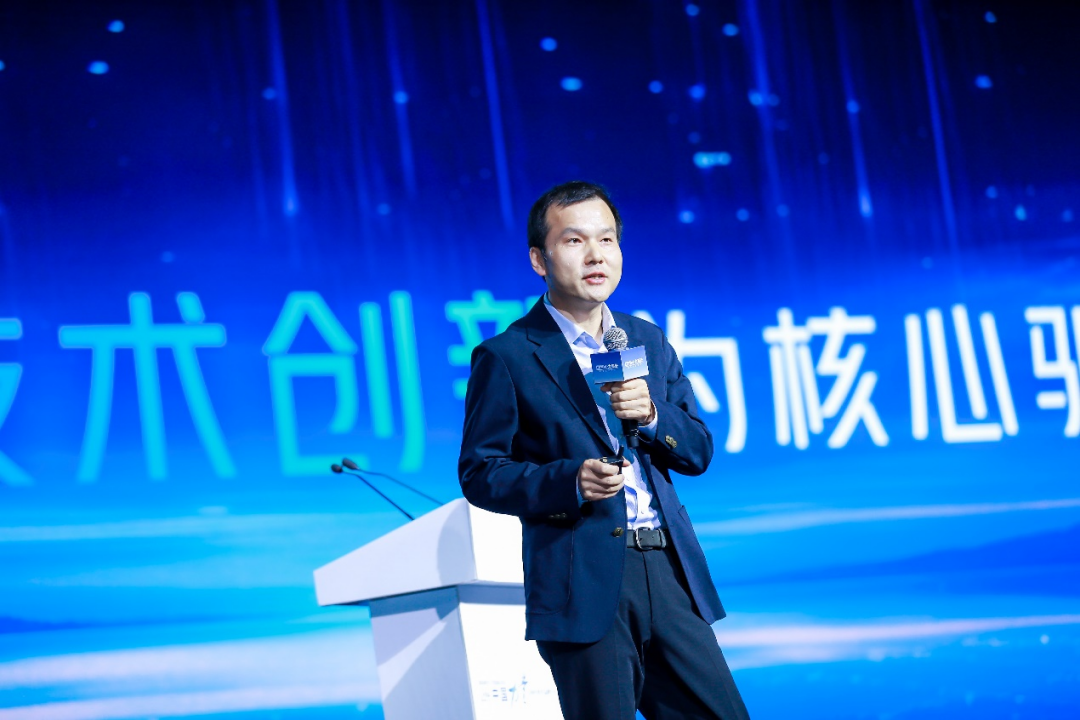
A technology that has long-term value can withstand the test of time and are capable of sustaining long-term optimization iterations. Back in 2010, SAIC had proactively laid out its strategy in the plug-in hybrid technology field, viewing it as a technology worthy of long-term investment. In 2017, SAIC’s self-developed first-generation EDU hybrid technology won the second prize of the National Science and Technology Progress Award. It was not only the only automotive project awarded that year but also the first time that new energy technology had won a national level science and technology award. Benefiting from SAIC’s in-depth self-development in core powertrain technology, SAIC is also expected to make breakthroughs with an engine thermal efficiency of over 46%. After a long time of technological accumulation and market validation, the DMH super hybrid technology released at this conference, takes integration and intelligence to a higher level and is SAIC’s own brand’s new impetus for maintaining long-term competitiveness.
The DMH super hybrid technology has three primary technical features: modularization, integration, and exclusivity. The system is designed modularly and serialized, through a system that matches different hybrid routes like PHEV / EREV / HEV etc., covering the driving needs and fuel consumption regulations of different users worldwide. At the same time, the system features several leading technologies, such as industry-first “energy domain” full-domain thermal management, PICU powertrain brain, and an engine + P1 motor co-axial structure, etc. With software algorithms at its core, it matches high-efficiency engines, gearboxes, and long-range batteries specifically designed for hybrids, and uses a mix of “hardware and software” to achieve super integration and maximize performance and indicators optimization. 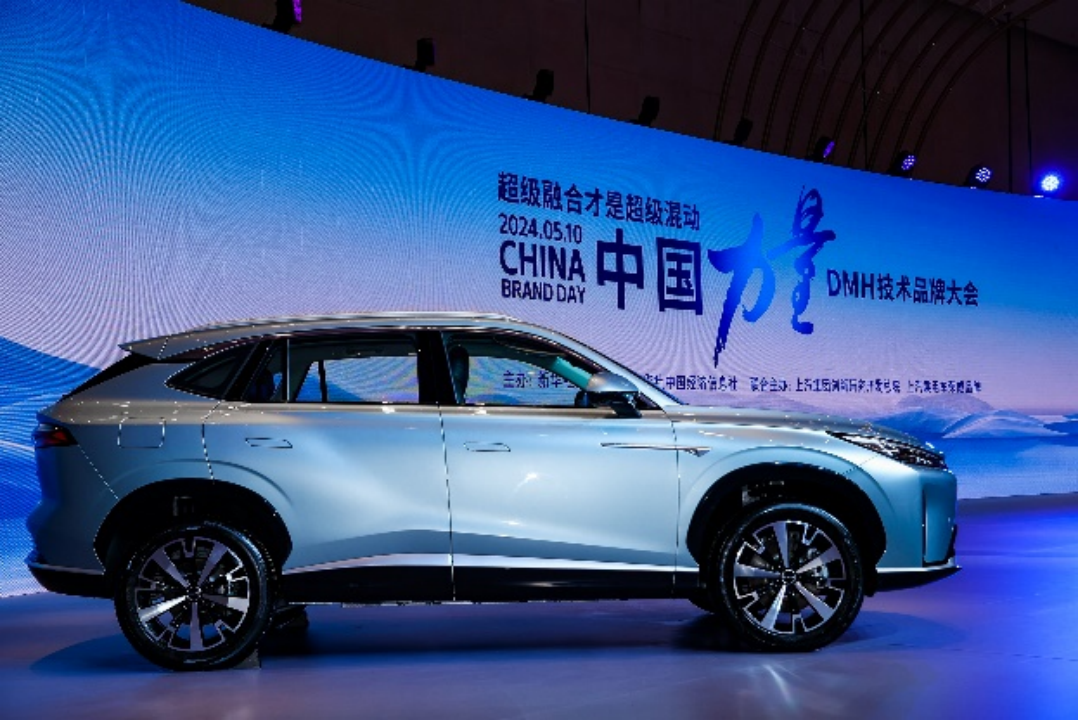 Presently, the DMH Super Hybrid Technology has been adopted first in the “Long-range Super Hybrid Intuitive Vehicles”, the ROEWE D7 DMH, and the “Long-range New Mainstream Hybrid SUV”, the ROEWE D5X DMH, its product capabilities have been widely recognized by customers and the professional media. Not long ago, the ROEWE D7 DMH, on behalf of B-segment brand vehicles, took up the challenge of a 2000 km extreme range, finally overcoming adverse weather conditions, completing a super long range of 1962 km, with an average fuel consumption of 2.8L per 100 km, achieving a transition of technology value from technical strength to scenario application, demonstrating the strength of Chinese brands to break the Japanese hybrid “Endurance Myth”.
Presently, the DMH Super Hybrid Technology has been adopted first in the “Long-range Super Hybrid Intuitive Vehicles”, the ROEWE D7 DMH, and the “Long-range New Mainstream Hybrid SUV”, the ROEWE D5X DMH, its product capabilities have been widely recognized by customers and the professional media. Not long ago, the ROEWE D7 DMH, on behalf of B-segment brand vehicles, took up the challenge of a 2000 km extreme range, finally overcoming adverse weather conditions, completing a super long range of 1962 km, with an average fuel consumption of 2.8L per 100 km, achieving a transition of technology value from technical strength to scenario application, demonstrating the strength of Chinese brands to break the Japanese hybrid “Endurance Myth”.
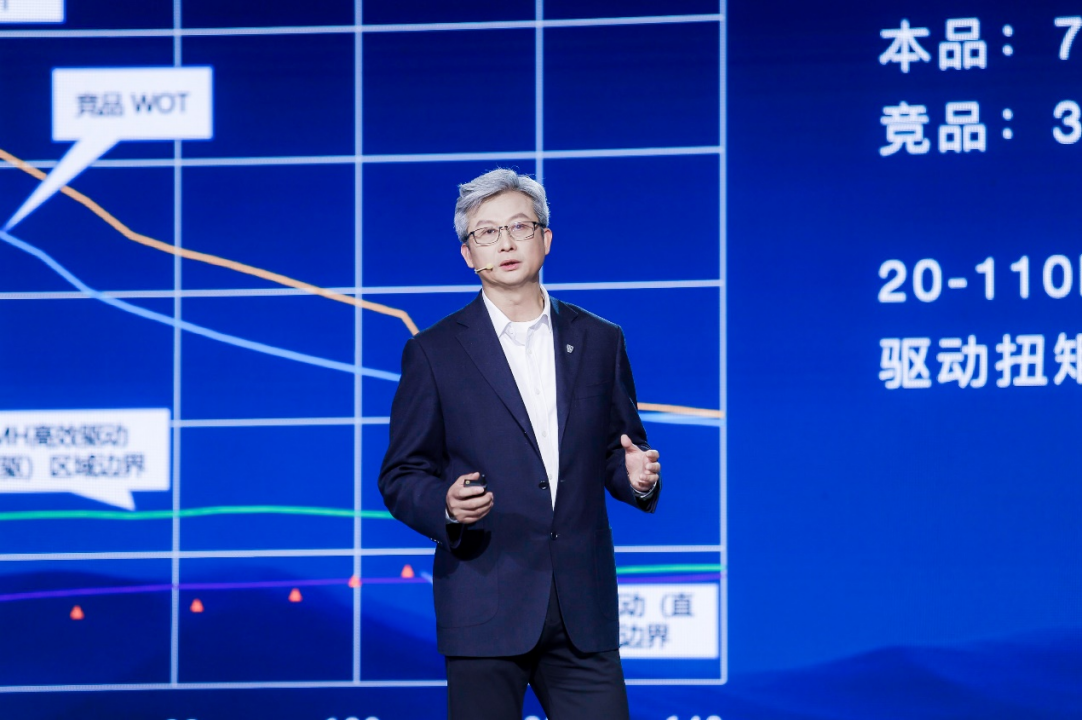
Qiu Jie, Deputy Dean of SAIC Motor Innovative Research and Development Institute and General Manager of JN Auto, introduced that in the next three years, the DMH Super Hybrid Technology brand will carry out higher-dimensional performance improvements in five key areas: engines, transmissions, batteries, motors, and energy control brains. For example, engine thermal efficiency will break through 46% and will be the first to reach the “Euro VII” emission standard in China. For gearbox technology, the target CO2 emission of the hybrid powertrain will not exceed 95 grams/km, and the plug-in hybrid power and range extender electric route will adopt a new configuration of the dual co-axial scheme. The energy control brain continues to optimize, and it is expected to release the concept of the next-generation vehicle energy centre in 2025.
Strengthening SAIC Brands, Empowering “Great to Strong” Transformation of China’s Automotive Industry
Brand economy is a comprehensive manifestation of national competitiveness; brand influence is related to the national status in the global industrial value chain. After the improvement of market scale and product quality, China’s new energy vehicle has arrived at a new stage of expanding its brand influence. The industry’s leap from “large to strong” must have the enabling of brand soft power.
Zu Sijie stated in the congress: “Brand building is an important support for the further development of our intelligent connected new energy vehicle industry. At present, SAIC is aiming at building a world-class enterprise, striving to create a trillion-level automotive industry group with global industry competitiveness and brand international influence, by building technology SAIC, quality SAIC, responsibility SAIC, constantly making an impact on SAIC brands. The launch of DMH Super Hybrid Technology is a ‘super fusion’ of technology SAIC, quality SAIC, responsibility SAIC, and it is also an important practice in strengthening the SAIC brand.” 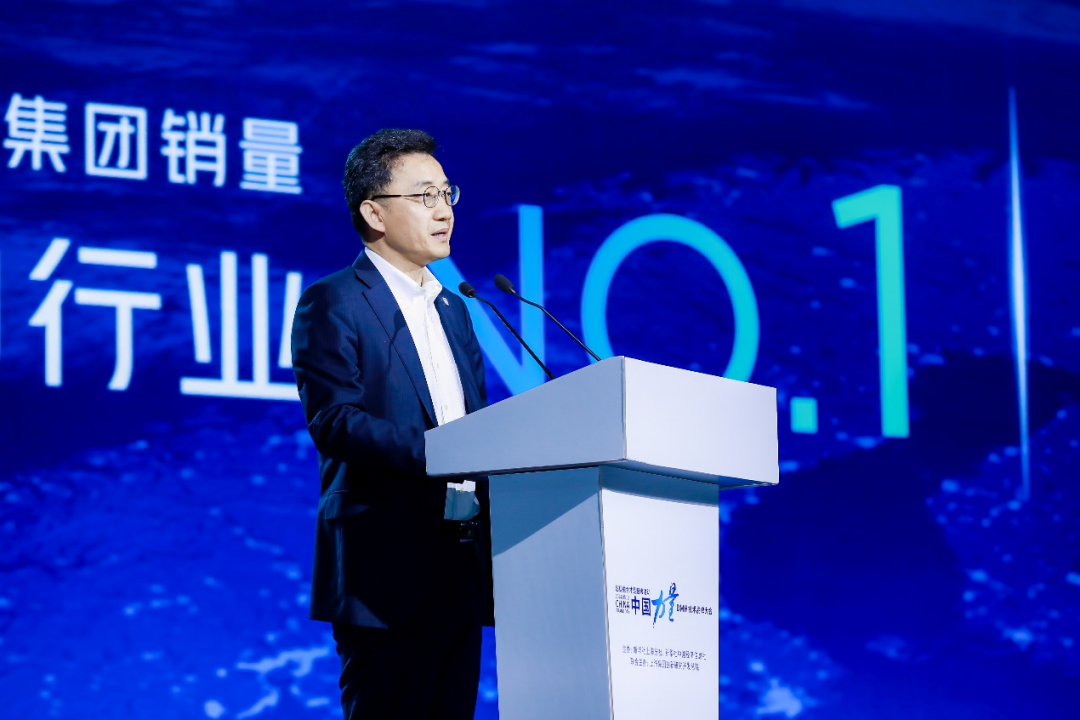
SAIC has always adhered to technology innovation as the core driver, accurately grasped market development trends, and actively laid out prospective technology fields. Through long-term unremitting efforts and cultivation, it has basically completed the “turnaround” from technology introduction to technology reverse output. Facing the new round of global competition, the SAIC Innovation Research and Development Institute, the independent brand vehicle R&D platform of SAIC Passenger Car, is fully prepared in the field of forward-looking technology, R&D personnel, hardware equipment, etc., effectively supporting the product development of ROEWE, MG, IM, Rising four major brands and overseas markets.In terms of talent development, the SAIC Innovation R&D Institute is devoted to building a globally-oriented and competitive R&D team. Recently, the globally renowned car designer, creator of the Bugatti Veyron supercar, and previous chief designer at FAW Audi, Mr. Joseph Kaban, officially joined SAIC, anticipating an upward shift in SAIC’s design capabilities, significantly bolstering its competitive edge and international standards, and empowering self-owned brands under SAIC such as ROEWE.
The launch of the DMH Super Hybrid Technology brand indicates that ROEWE, one of SAIC’s brands, will engage in the market fierce for the new energy with a more confident brand profile and stronger product competitiveness. It aims to represent China’s high-quality, superior new energy auto industry, functioning as an integral part of the “national team” in the quality and value battle of electric vehicles. Looking ahead, leveraging the DMH Super Hybrid Technology brand, ROEWE will consolidate resources from various aspects to rapidly build the “Leading Camp for Plug-in Hybrids”, offering global customers new hybrid choices from a Chinese brand.
This article is a translation by AI of a Chinese report from 42HOW. If you have any questions about it, please email bd@42how.com.
